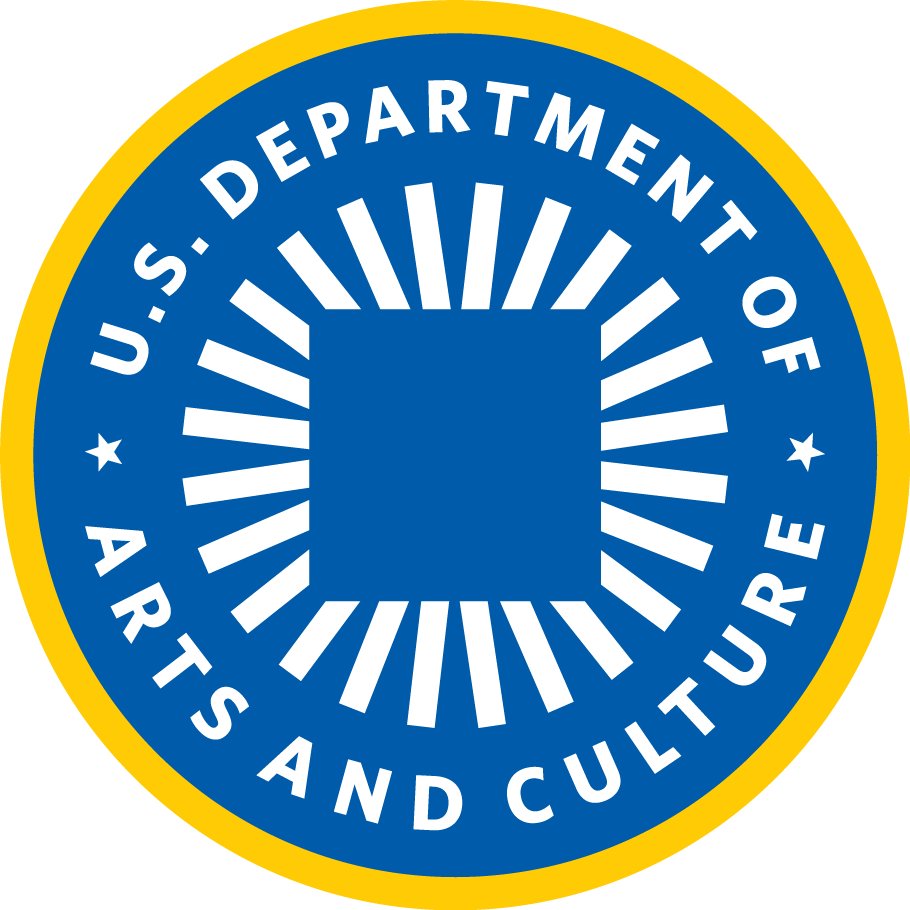Back in October, the USDAC launched Honor Native Land: A Guide and Call to Acknowledgment, calling on all individuals and organizations to open public events and gatherings with acknowledgment of the traditional Native inhabitants of the land. Since then, more than 7,000 people have downloaded the Guide and many have put it advice into practice, with hundreds signing the pledge to make acknowledgment a regular custom.
Have you been hesitant about acknowledging Native lands at your event? We hope these FAQs will clear things up!
I like the idea, but shouldn’t an Indigenous person be the one to offer acknowledgment? I’m not Native American.
Cultural democracy—the USDAC’s animating principle—says we all share responsibility for a social order of belonging, equity, and justice. If the hard work of confronting and overturning dis-belonging and injustice is left to those most directly affected, everyone else is shirking this collective responsibility. Acknowledgment isn’t a favor others do for Indigenous people. Just like taking action to stop someone from disrespecting or insulting others on account of their gender, orientation, ethnicity, or religion, acknowledgment is a step toward cultural democracy.
I’m really nervous about making a mistake. What if I mispronounce something? What if I do it wrong?
The most basic forms of acknowledgment we recommend in the Guide are very simple, for instance: “I would like to acknowledge that this meeting is being held on the traditional lands of the ________________ People, and pay my respect to elders both past and present.” It is fairly easy to find the name(s) pertaining to your region. (The Guide is full of suggestions as to how to research this, connecting with local Native organizations, Indigenous studies programs at universities in your region, and online resources.) Much information is available through this online Native Land map; it is often possible to learn correct pronunciation of tribal names by clicking their links on that map.
If fear of making a mistake trumps doing the right thing, we’re in trouble! If you try acknowledgment with an attitude of sincerity and humility—asking to be corrected if you stumble—most people will respond in kind.
What about all the other people who lived here—the Africans who were brought against their will to the communities of color pushed out to make way for gentrification? Shouldn’t we acknowledge them too?
The Guide says that “[f]or more than five hundred years, Native communities across the Americas have demonstrated resilience and resistance in the face of violent efforts to separate them from their land, culture, and each other.” They may have been the first on this landmass harmed by colonial policies, but by no means the last. If you wish to broaden your acknowledgment, the Guide also suggests a longer acknowledgment formula:
“Every community owes its existence and vitality to generations from around the world who contributed their hopes, dreams, and energy to making the history that led to this moment. Some were brought here against their will, some were drawn to leave their distant homes in hope of a better life, and some have lived on this land for more generations than can be counted. Truth and acknowledgment are critical to building mutual respect and connection across all barriers of heritage and difference.
We begin this effort to acknowledge what has been buried by honoring the truth. We are standing on the ancestral lands of the ________________ People [if possible, add more specific detail about the nature of the occupied land]. We pay respects to their elders past and present. Please take a moment to consider the many legacies of violence, displacement, migration, and settlement that bring us together here today. And please join us in uncovering such truths at any and all public events.”
What about more than an acknowledgment: a prayer, ceremony, or performance? Is it okay for me to try for that?
There are many possible steps beyond acknowledgment. All should be offered by Indigenous people. When members of one Native people visit the territory of another, they may engage in a formal exchange of greetings, gifts, and blessings. Artists or spiritual leaders whose tribe’s traditional lands are the site of your event may be invited to offer a traditional cultural protocol or to acknowledge ancestors with a song, prayer, or ritual. Whether you are non-Native or Indigenous, it is perfectly fine to reach out to local Indigenous organizations or individuals with an invitation like this, so long as it is done respectfully. It is important to offer an honorarium or gift as appropriate to the individual elder, artist, or spiritual leader invited to take part in this way.
You say “Acknowledgment by itself is a small gesture. It becomes meaningful when coupled with authentic relationship and informed action.” What kind of action? I’m worried that we will be asked to change our programs or staffing or governance in ways I can’t make happen. Higher-ups could be upset if I open the door to requests they won’t grant.
The USDAC understands acknowledgement as a beginning, a possible opening to greater public consciousness of Native sovereignty and cultural rights and toward correcting the stories and practices that erase Indigenous people’s history and culture, toward inviting and honoring the truth. To bring about equity, belonging, and justice, things have to change. The first steps toward that culture shift are awareness of what has been and what could be and public acknowledgment of those realities.
For non-Native organizations, entering into dialogue and relationship with Indigenous people calls for respect and reciprocity, deep listening and truth-telling. There is no immunity from facing these truths. Let us help you strategize about how to proceed: contact us at hello@usdac.us.
We would love to hear about your experience with acknowledgment. A future blog will feature acknowledgment stories from across the U.S. Please share texts, photos, or any other material you like that will help others understand your own process of acknowledgment. Just write to us at hello@usdac.us. We’ll ask your permission before using your experience in a future blog post.

